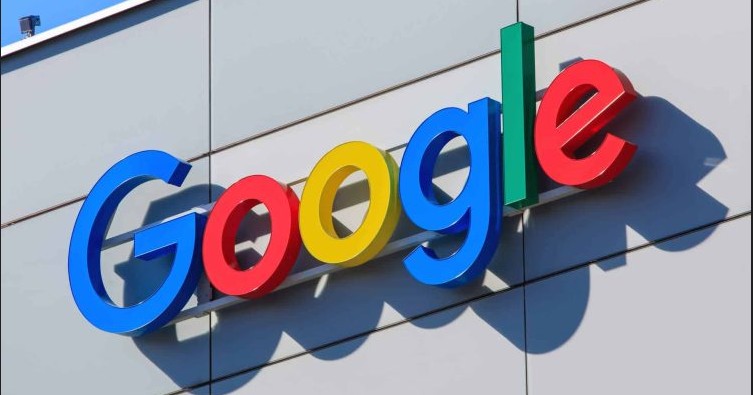Google unifies Android and Chrome OS to power AI-driven cross-device experience

In merging Chrome OS and Android, Google is borrowing a page from Apple’s ecosystem playbook—unifying its platforms to better integrate services, streamline app development, and deliver a premium cross-device experience.
Google has officially confirmed plans to merge Chrome OS and Android into a single, unified operating system, marking a major shift in the company’s software strategy. The announcement came from Sameer Samat, President of the Android Ecosystem at Google, during a recent interview with TechRadar.
“We’re going to be combining Chrome OS and Android into a single platform,” Samat said.
More To Read
- OpenAI unveils locally-run AI models for desktops and laptops
- Dropbox set to discontinue password manager, users urged to export data
- Search engines under scrutiny after private ChatGPT conversations leak
- Apple announces it has sold three billion iPhones as CEO Tim Cook outlines AI vision
- Google introduces AI-powered age verification
- Elon Musk’s xAI to launch text-to-video feature for Grok chatbot in October 2025
This unified OS will power a wide range of devices—including phones, tablets, laptops, and eventually, headsets and smart TVs—offering different user interfaces depending on screen size, but all built on the same underlying platform. Much like Apple’s approach with iPhones, iPads, and Macs, Google aims to create a cohesive ecosystem where devices seamlessly work together.
Imagine buying a Pixel phone and a Pixel laptop that operate almost identically—sharing apps, syncing settings, and delivering a consistent user experience. That’s the direction Google is headed.
Why it matters
Currently, Google runs two separate operating systems:
Android: Powers smartphones, tablets, foldables, TVs, and vehicles.
Chrome OS: Primarily used on Chromebooks and tablets, especially in education and enterprise environments.
Each OS has its own codebase, development teams, and feature sets. While they’ve shared some functionality—such as Android app support on Chromebooks—they’ve remained largely distinct platforms.
That’s now changing.
Google has already started transitioning Chrome OS development to Android’s Linux kernel and architecture, laying the foundation for a fully integrated platform.
Bridging mobile and desktop
The upcoming Android 16 will bring several desktop-like enhancements, including:
• Resizable app windows
• Improved external display support
• A more powerful "desktop mode"
These features will make Android a legitimate contender for powering laptops and desktops, a territory historically dominated by Chrome OS.
What users can expect
The merger promises a more unified and intelligent experience for users:
Consistency across devices: Whether on a phone, tablet, or laptop, users will get the same interface, apps, and AI tools.
Stronger app support: Developers can build once and deploy across multiple device types, potentially improving app performance and availability.
AI-first design: With Android as the base, Google’s Gemini AI features—like summarisation, real-time assistance, and context-aware actions—can be integrated more deeply across the ecosystem.
“The long-term goal is to offer a fluid, intelligent computing experience, one that adapts whether you're using a phone, folding screen, or a laptop,” said an internal source familiar with the roadmap.
Unanswered questions
Despite the excitement, key questions remain, especially for current Chromebook users. Google has not yet confirmed whether existing Chrome OS devices will be updated to the new unified OS or continue on a separate track.
The company reassured that enterprise and education users—who form the backbone of Chrome OS’s market—remain a top priority. Observers stress that Chrome OS’s core strengths, such as fast boot times, simplicity, and centralised management, must be preserved for the transition to succeed.
When to expect it
While an official release date hasn’t been announced, signs point to developer previews arriving later in 2025, with consumer-ready hardware—possibly under the Pixel brand—expected in 2026.
In merging Chrome OS and Android, Google is borrowing a page from Apple’s ecosystem playbook—unifying its platforms to better integrate services, streamline app development, and deliver a premium cross-device experience.
Top Stories Today













































